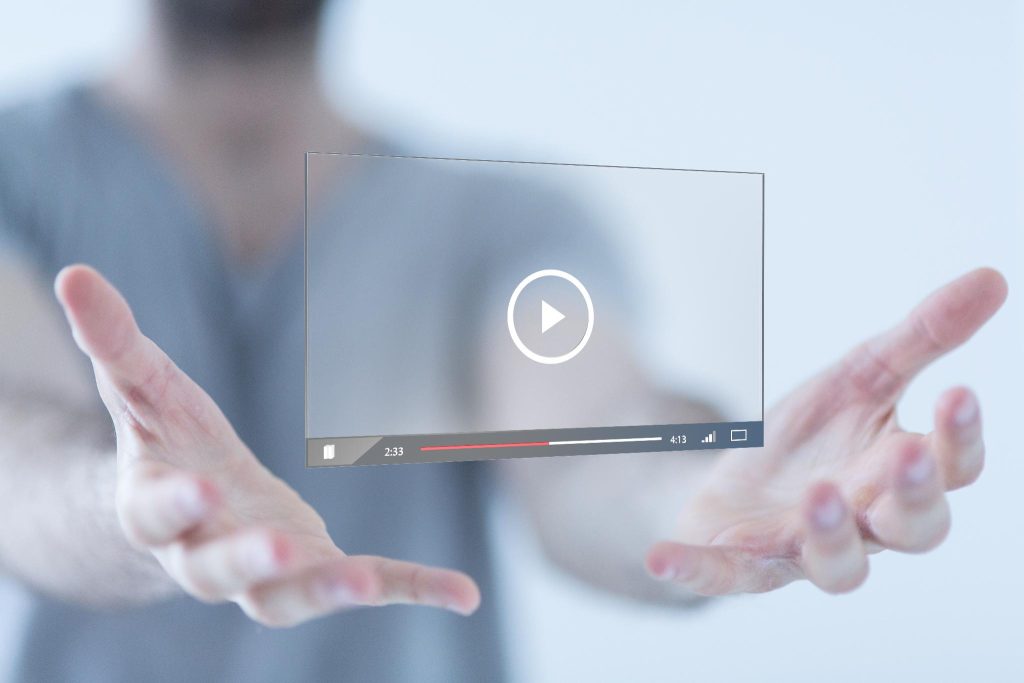Touch Foil 101: What It Is and How It Works
In today’s fast-changing technological landscape, touch foil emerged as an indispensable component that seamlessly integrates human-computer interaction.
These transparent layers—coated with conductive materials like indium tin oxide—have revolutionized the way we engage with various electronic devices, transforming ordinary surfaces into interactive interfaces and enabling intuitive and direct manipulation through touch.
But what is a touch foil and how does it work?
What is a Touch Foil?
A touch foil—also known as a touch film or touch screen overlay—is a transparent layer that can be applied to the surface of a display screen to enable touch functionality. It is often used to convert a regular display into a touchscreen, allowing users to interact with the device by touching the screen.
How Touch Foil Technology Works
A touch foil is typically made of a thin, transparent, and flexible material, such as polyester or polyethylene terephthalate (PET). The foil is coated with a transparent conductive material, such as indium tin oxide (ITO), which is a common material used in touchscreens because of its transparency and electrical conductivity.
The touch foil is applied directly onto the surface of the display screen. It can be attached using adhesive or another suitable method. The installation process is relatively straightforward and doesn’t require major modifications to the existing display.
There are different touch-sensing technologies employed in touch foils. One common approach is based on capacitive sensing.
In capacitive touch technology, the conductive layer stores electrical charge, and when a conductive object (such as a finger) comes into contact with the screen, it disrupts the electrostatic field, leading to changes in capacitance. These changes are detected and used to determine the touch location.
The touch foil is connected to a controller, which is responsible for processing the touch input signals and communicating with the device’s operating system. The controller interprets the touch data and translates it into commands or coordinates that the system can understand.
Once installed and calibrated, the touch foil allows users to interact with the device by touching the screen. The system recognizes the touch input, enabling actions such as tapping, swiping, pinching, and other gestures commonly associated with touchscreen interfaces.
Applications of Touch Foil
Touch foils are commonly used in various applications. They offer a cost-effective way to add touchscreen capabilities to existing displays without the need for a complete screen replacement.
Healthcare
Touch foils find applications in healthcare settings, where hygiene is paramount. In medical facilities, touch-enabled interfaces allow for easy access to patient records, scheduling, and diagnostic tools without the need for physical contact with keyboards or mice.
Education
In the realm of education, interactive whiteboards and displays powered by touch foils create immersive learning environments. Students can directly interact with content, fostering a more participatory and dynamic learning experience.
Industrial Control Systems
In industrial settings, touch foils are employed in control panels and Human-Machine Interface (HMI) displays. Workers can operate and monitor machinery with greater ease, enhancing productivity and reducing the learning curve associated with complex systems.
The Future Is in Your Fingertips
By applying touch foils to display screens, we transform ordinary surfaces into interactive interfaces, enabling intuitive and direct manipulation through touch.
Not only does it enhance accessibility, but it also empowers users to effortlessly navigate digital realms, making touch foils an integral part of our modern, interconnected world.
Visit our website to learn more about touch foils and our other products.






